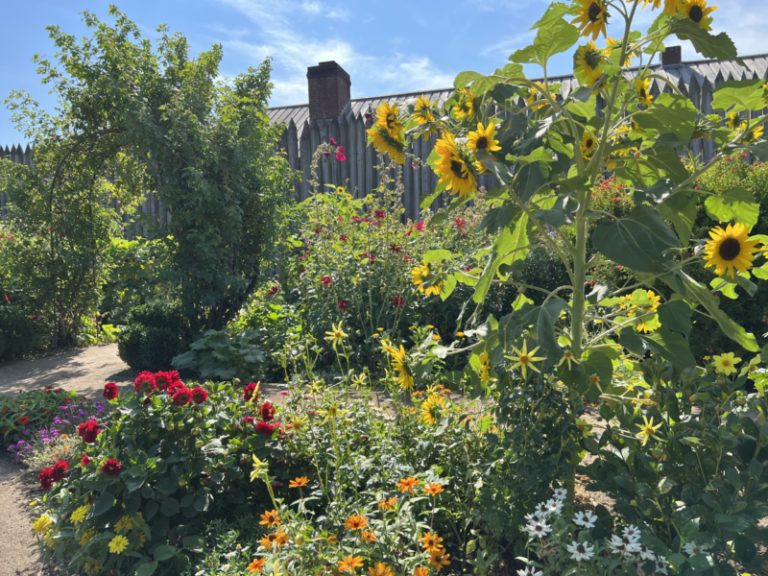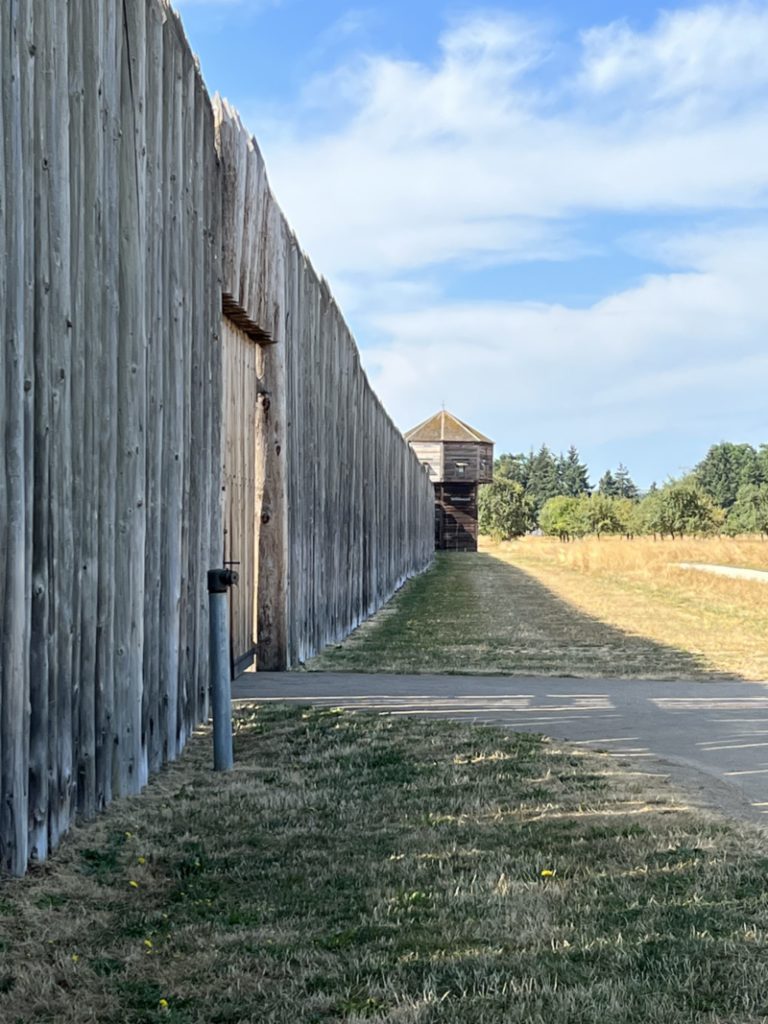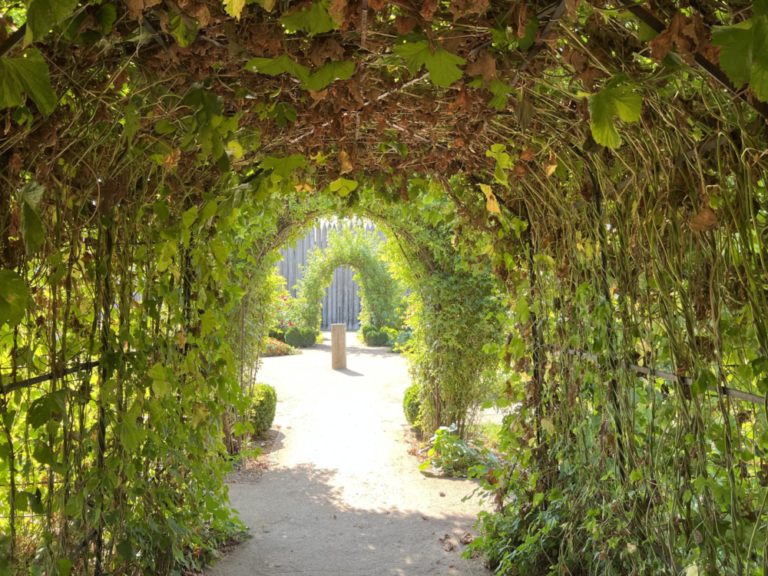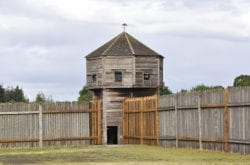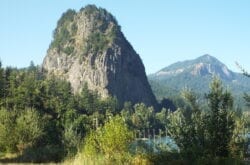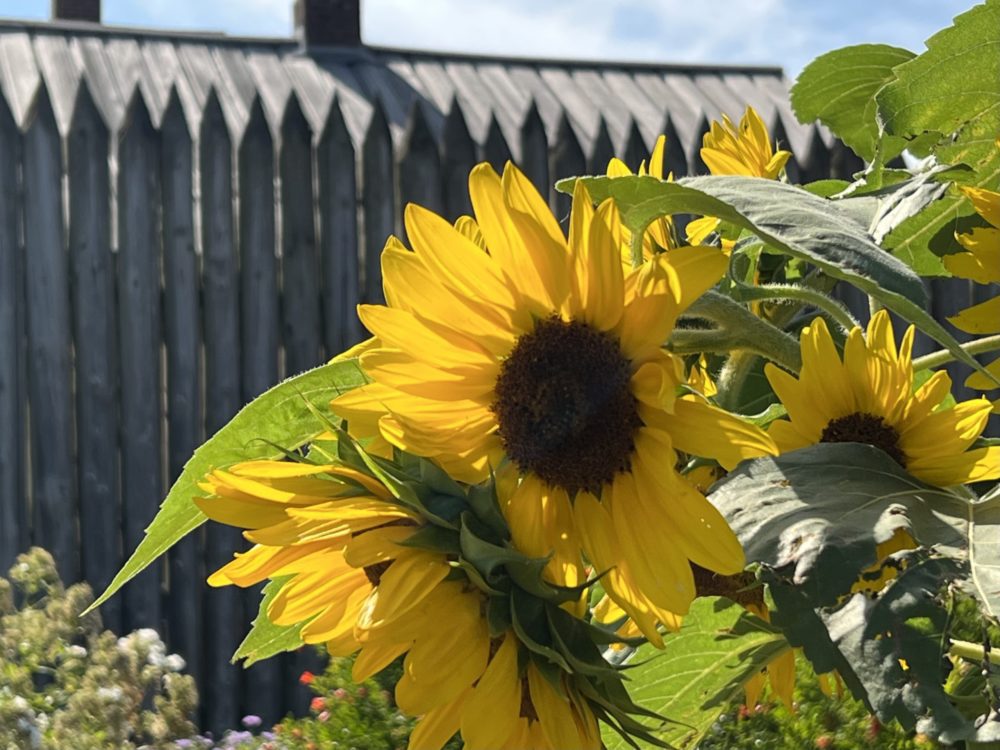
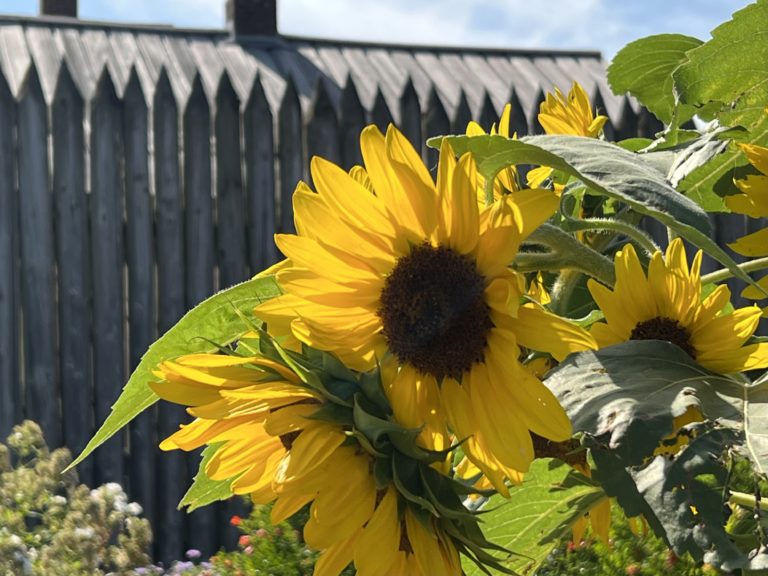
The Gardens at Fort Vancouver
In late summer, the gardens at Fort Vancouver are beginning to wind down. The pumpkins growing are looking their best, the sunflowers shine in the sun, and the last of the heritage beans are hiding under the their leaves. Visitors to the Fort Vancouver complex which includes the elegant homes along Officer’s Row shaded under the canopy of ancient trees, military barracks refurbished and showing new life as offices, and the old Fort, standing watch over the ever-changing Columbia River waterfront. The Fort may not be the original – wood pilings only last so long afterall – but it has remained in relatively the same position for a century. It has seen wars come and go, a railroad parallel the river dividing it from what was once a short and easy walk, then came the highway to divide it even further. Airplanes began flying overhead from nearby Pearson Airfield. Where ferries once traveled, a new high-tech bridge was built to help people cross the river, itself soon to be replaced as well.
Time travelers wouldn’t much recognize the area around the Fort as it originally was – built as a trading post where those from the east could come and help themselves to the natural resources found here in abundance. The harm caused by those that had already inhabited the area for thousands of years is not glossed over when you tour the Fort. It captures a moment in time – a period when people from the east began to infiltrate the west to forge a new life. It was not an easy transition for anyone involved. For those whose family tree includes one who came over on the Oregon Trail, the Fort is a step back into the life of their ancestors. The garden sitting outside the Fort is a testament to the difficult life of those who had to grow their own food. They found the soil and climate in Vancouver good for growing the fruits and vegetables they would need to get them through a long winter. Today’s kitchen garden is much smaller than what it once would have been, but gives you a good idea of what they might have grown, as well as creating a pleasant garden to visit with flowers and arbors and seating. The garden changes throughout the year, and is a pleasure to visit as you make your way to the entrance of the Fort. There is no charge to visit the garden (just don’t pick the pumpkins!)
All photos by Dawn Woolcott
